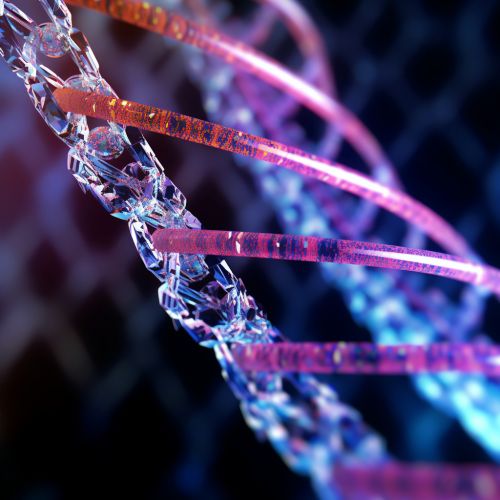DNA Slippage
Introduction
DNA slippage is a genetic phenomenon that occurs during DNA replication and DNA repair. It is characterized by the misalignment of DNA strands during the replication process, leading to the insertion or deletion of repeating base pairs, also known as microsatellites or short tandem repeats (STRs). This phenomenon is a significant source of genetic variation and can lead to various genetic disorders, including Huntington's disease and Fragile X syndrome.


Mechanism of DNA Slippage
The mechanism of DNA slippage is intrinsically linked to the process of DNA replication. During replication, the DNA molecule unwinds and separates into two strands, each serving as a template for the synthesis of a new complementary strand. The enzyme DNA polymerase is responsible for adding new nucleotides to the growing strand. However, DNA polymerase can sometimes lose its place on the template strand, particularly in regions of repetitive sequences. This misalignment can result in the addition or deletion of nucleotides, leading to DNA slippage.
Role in Genetic Variation
DNA slippage plays a significant role in genetic variation, particularly in the evolution of species. The addition or deletion of nucleotides can lead to changes in the genetic code, which can result in new traits or characteristics. This genetic variation is a key driver of evolution and biodiversity.
DNA Slippage and Genetic Disorders
DNA slippage is not always beneficial. In some cases, the insertion or deletion of nucleotides can disrupt the normal function of genes, leading to genetic disorders. For example, Huntington's disease and Fragile X syndrome are both caused by an excessive number of repeats in specific genes, a result of DNA slippage. Other disorders associated with DNA slippage include myotonic dystrophy and Friedreich's ataxia.
Prevention and Repair
Cells have mechanisms to prevent and repair DNA slippage. These include mismatch repair systems that recognize and correct mispaired nucleotides, and DNA damage response pathways that halt cell cycle progression to allow time for repair. However, these systems are not foolproof, and errors can still occur, leading to DNA slippage.
Conclusion
DNA slippage is a complex genetic phenomenon with significant implications for genetic variation and disease. While it can drive evolution and biodiversity, it can also lead to debilitating genetic disorders. Understanding the mechanisms of DNA slippage and how cells prevent and repair these errors is crucial for developing treatments for diseases caused by DNA slippage.
